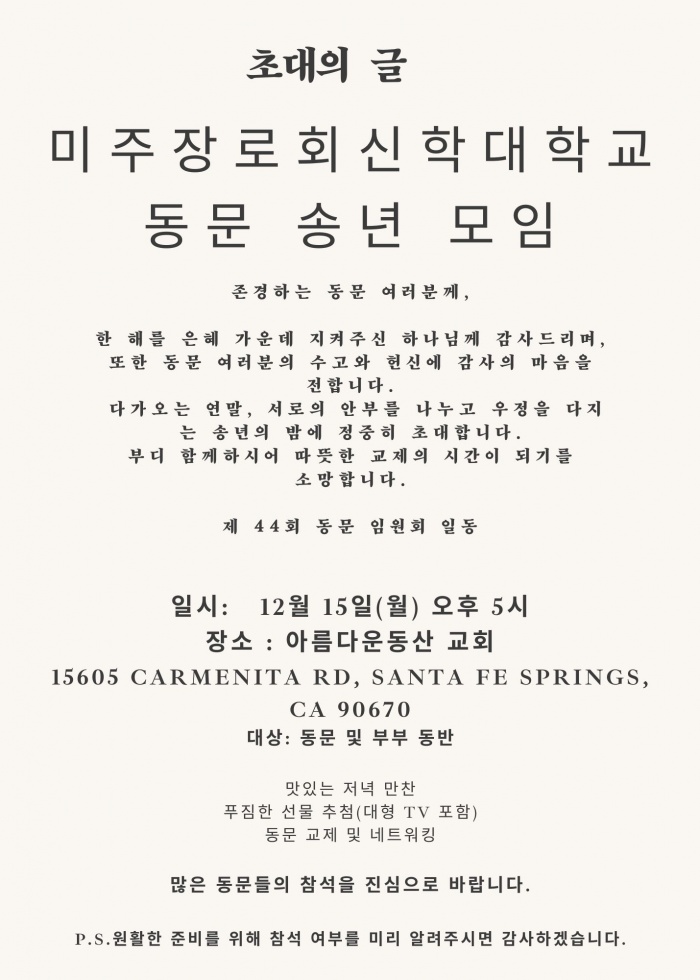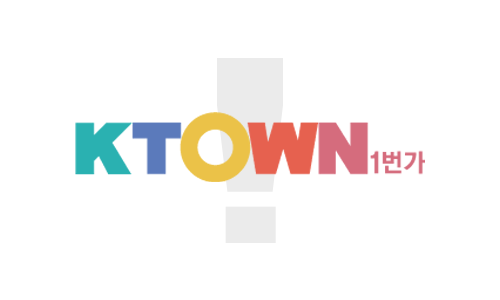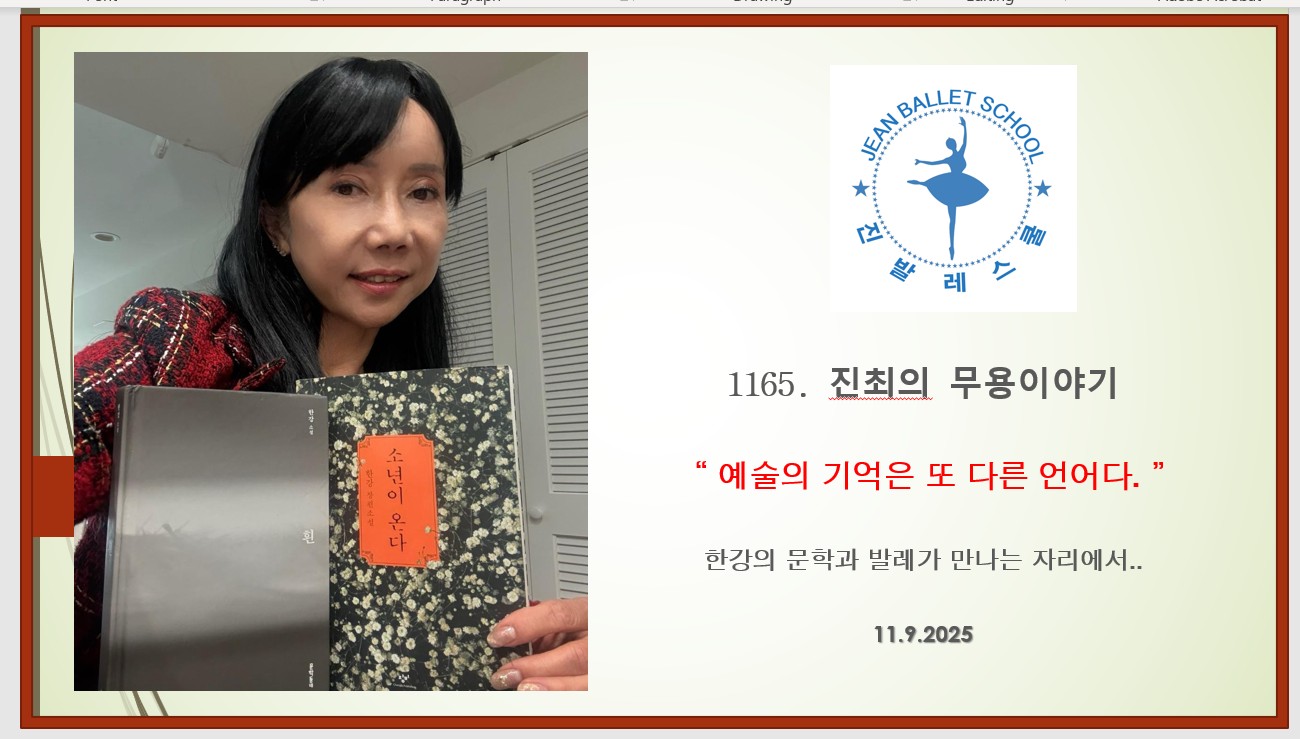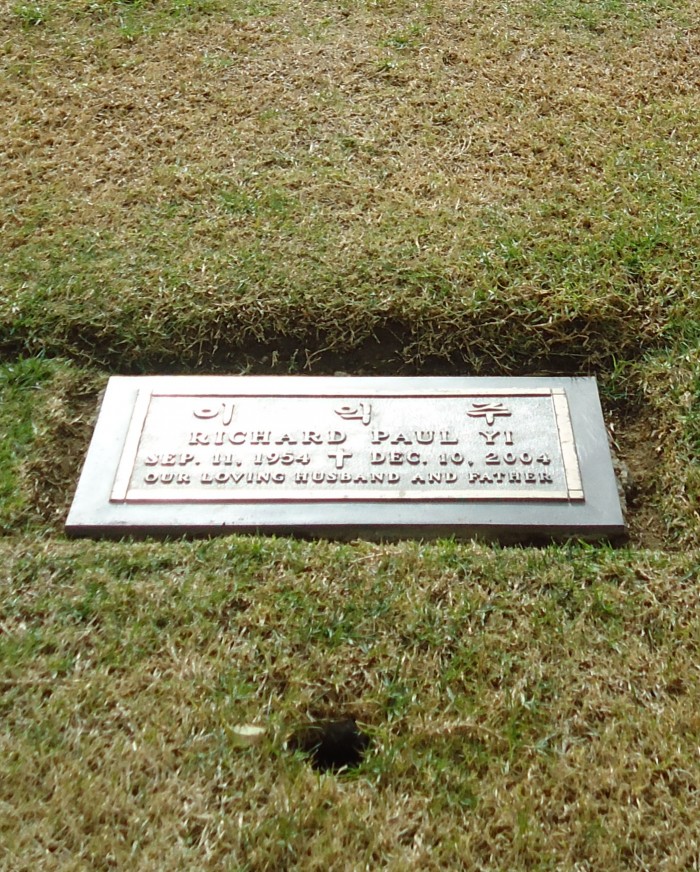- [내 마음의 隨筆] ‘다산선생 지식경영법’을 읽고3842024.07.06
- [내 마음의 韓詩 501 – Korean Poem in My Heart 501] 靑山谷2812024.07.07
- [Essays of My Heart] After Reading "Dasan's Knowledge Management Method"2222024.07.08
- [내 마음의 隨筆] 옳음과 그름2292024.07.19
- [내 마음의 韓詩 502 – Korean Poem in My Heart 502] 夏夜風景3202024.07.10
[Essays of My Heart] After Reading "Dasan's Knowledge Management Method"
2024.07.08[Essays of My Heart]
After Reading "Dasan's Knowledge Management Method"
Solti
Long ago, during an academic meeting, a respected senior scientist recommended a book that I should read. Due to various busy circumstances and the difficulty of obtaining the book, I had put it off for a long time. Finally, I acquired the book and read it out of curiosity.
"Dasan's Knowledge Management Method (Published by Gimmyoungsa)" is a book that delves into the secrets of Dasan Chi-hak, the scholarly and research methods of Dasan Jeong Yak-yong (丁若鏞), who authored more than 500 books as an individual in Korean history.
Dasan was a scholar, historian, administrator, jurist, geographer, architect, civil and mechanical engineer, medical scientist, poet, and critic. He was an unprecedented all-around knowledge manager who sequentially collected, interpreted, systematized, and accumulated data, information, knowledge, and wisdom (Data -> Information -> Knowledge -> Wisdom (D -> I -> K -> W)). He was a highly creative scholar who connected these elements to his writings.
In today's information and communication era, the fundamental components of all fields involve collecting basic raw data (Data Collection), interpreting it to create meaningful and useful information (Information), organizing and systematizing this information to produce useful knowledge (Knowledge), and finally accumulating and storing this knowledge to create a repository of wisdom (Wisdom), which Dasan continuously shared with the world through his writings. This remarkably aligns with the basic structure and operational principles of Information Systems (IS), which are at the core of the knowledge and information-centered internet age of the 21st century.
The following is a summary of Dasan's knowledge management method, as identified by Professor Jeong Min of Hanyang University, the author of this book. It consists of 10 principles, each containing 5 topics, totaling 50 topics. Each topic is further divided into 4 techniques, resulting in a total of 200 techniques.
- Learn Step by Step - Sequential Knowledge Management
(1) Reveal the problem like peeling an onion: 如剝蔥皮法
(2) Think in bundles and extend them: 觸類旁通法
(3) Establish the basics and lay the foundation: 築基堅礎法
(4) Find shortcuts to the mountain: 當求捷徑法
(5) Synthesize, analyze, and organize meticulously: 綜覈爬櫛法
- Organize Information - Systematic Knowledge Management
(6) Set the table of contents and choose the format: 先定門目法
(7) Refer to precedents and create new things: 變例創新法
(8) Select the best and review everything: 取善論斷法
(9) Grasp the whole by understanding the parts: 擧一反三法
(10) Collect, classify, and organize: 彙分類聚法
- Take Notes and Verify - Efficient Knowledge Management
(11) Annotate and verify what you read: 書權衡法
(12) Jot down thoughts as they arise: 隨思箚錄法
(13) Review and verify repeatedly: 反覆參訂法
(14) Organize thoughts and continually inspect: 潛心玩索法
(15) Discern subtleties and infer: 知機揣摩法
- Discuss and Debate - Issue-Focused Knowledge Management
(16) Ask, answer, and consolidate discussions: 質定收斂法
(17) Debate thoroughly to distinguish right from wrong: 大夫相訟法
(18) Stimulate thoughts and induce awakening: 提?警發法
(19) Point out mistakes firmly and resolutely: 切偲磨濯法
(20) Establish arguments based on evidence: 無懲不信法
- Strengthen Persuasiveness - Logical Knowledge Management
(21) Compare and contrast useful information: 彼此比對法
(22) Develop discussions by dividing into branches: 屬詞比事法
(23) Exclude preconceptions and present arguments: 公心公眼法
(24) Judge and analyze step by step: 層遞判析法
(25) Touch the core to move the whole: 本意本領法
- Apply and Practice - Practical Knowledge Management
(26) Evaluate usefulness and base on practicality: 講究實用法
(27) Apply to reality and clarify meaning: 採適明理法
(28) Consider data and extract the essence: 參酌得髓法
(29) Accept and learn good things without bias: 得當移取法
(30) Refine step by step to achieve the best: 修正潤色法
- Stand on Authority - Creative Knowledge Management
(31) Reverse thinking to reach enlightenment: 一反至道法
(32) Overcome authority to establish autonomy: 不抛堅拔法
(33) Establish perspectives thoroughly and strictly: 篤厚嚴正法
(34) Compare with others to judge right from wrong: 對照辨白法
(35) Seek truth impartially without ulterior motives: 虛明公平法
- Shorten the Process - Efficient Knowledge Management
(36) Divide roles to enhance efficiency: 分授得宜法
(37) Set goals and practice accordingly: 定課實踐法
(38) Organize and train thoughts continuously: 庖廩不絶法
(39) Simultaneously handle multiple tasks: 魚網得鴻法
(40) Set rules first to define the nature: 條例最重法
- Embrace Emotions - Humanistic Knowledge Management
(41) Establish intentions with sincerity and hold your heart: 誠意秉心法
(42) Cultivate character in beautiful scenery: 得勝養性法
(43) Embody charm in daily life: 日常得趣法
(44) Reveal enlightenment in a single word: 談話視機法
(45) Add meaning to even mundane tasks: 俗中得韻法
- Do Not Forget Core Values - Practical Knowledge Management
(46) Never forget the heart of patriotism and love for the people: 裨民補世法
(47) Remember the basics even in hardship and adversity: 艱難不催法
(48) Record only facts and seek practicality: 實事求是法
(49) Devote yourself to work only you can do: 吾得天助法
(50) Prioritize the value of 'here and now' over other things: 朝鮮中華法
Despite the harsh adversity of 18 years of exile, Dasan's immense dedication to patriotism and love for the people led him to write these extensive works in Gangjin. Professor Jeong Min's profound and persistent research and meticulous analysis have resulted in this book. I think this guide to effective knowledge management is even more valuable and potentially creative in today's AI-based information and communication era. The fact that the 53rd edition was published in 2022, after the first edition in 2006, attests to this. As a reader, I express my deep respect for the unremitting and outstanding academic efforts of both Dasan and Professor Jeong Min.







 2026년 미국 부동산 시장, 지금이 기회인 이유
2026년 미국 부동산 시장, 지금이 기회인 이유
 미주장로회신학대학교 동문회 송년모임
미주장로회신학대학교 동문회 송년모임
 고환율시대,한국꽃배달 바로 하세요.
고환율시대,한국꽃배달 바로 하세요.
 미주장로회신학대학교 동문 송년모임 초대의 글
미주장로회신학대학교 동문 송년모임 초대의 글
 431." 예술의 기억은 또 다른 언어다. " 한강의 문학과 발레가 만나는 자리에서..
431." 예술의 기억은 또 다른 언어다. " 한강의 문학과 발레가 만나는 자리에서..
 비온뒤의 모습들
비온뒤의 모습들
 연말 연시가 가까우니~경종▶◀드림
연말 연시가 가까우니~경종▶◀드림
 골프레슨 GOLF LESSONS 다운스윙 치노힐 오렌지 카운티 브레아 애너하임 다이아몬드바
골프레슨 GOLF LESSONS 다운스윙 치노힐 오렌지 카운티 브레아 애너하임 다이아몬드바
 교통사고 사고 직후 가장 먼저 해야 할 조치는 무엇인가요?
교통사고 사고 직후 가장 먼저 해야 할 조치는 무엇인가요?
 [An Essay from My Heart] Temper Is Not Inherited — It Is Tamed
[An Essay from My Heart] Temper Is Not Inherited — It Is Tamed
